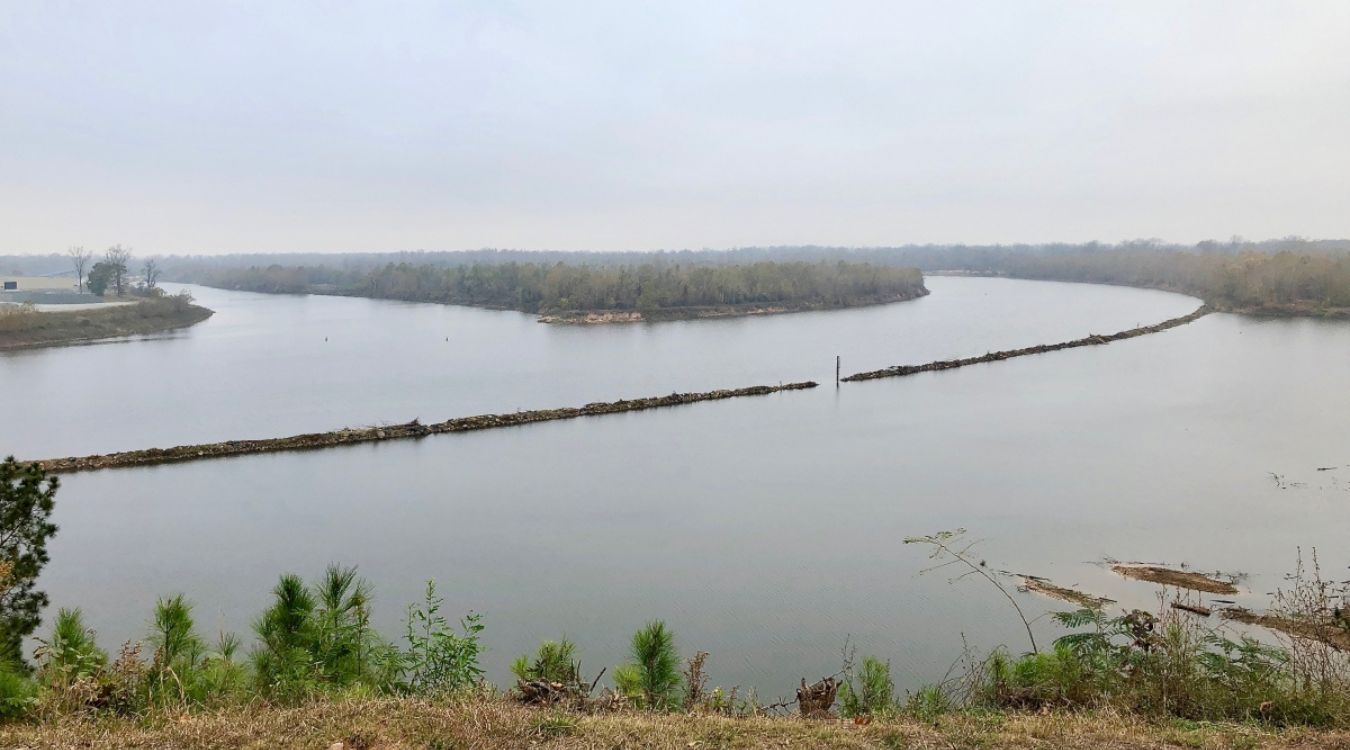Secrets Of Louisiana’s Cane River Trading Posts

Have you ever wondered what makes Louisiana's Cane River trading posts so special? These historic spots offer a unique glimpse into the past, blending rich culture with fascinating stories. Located along the scenic Cane River, these trading posts were once bustling hubs for commerce and social gatherings. Today, they stand as reminders of a bygone era, inviting visitors to step back in time. Whether you're a history buff or just curious, exploring these sites can be a rewarding experience. Let's dive into the secrets of these Cane River trading posts and uncover what makes them truly remarkable.
Discovering the Historic Cane River Trading Posts
Louisiana's Cane River region is a treasure trove of history, culture, and charm. The trading posts along this scenic river offer a glimpse into the past, showcasing the rich heritage of the area. Let's embark on a journey to uncover some of the most fascinating trading posts along the Cane River.
1. Melrose Plantation
Melrose Plantation stands as a testament to the creativity and resilience of the people who lived there. Founded by a former enslaved woman, this site became a hub for artists and writers. Visitors can explore the historic buildings and learn about the unique Creole culture that thrived here.
2. Magnolia Plantation
Magnolia Plantation offers a deep dive into the agricultural history of the Cane River region. Established in the 18th century, this plantation has preserved its original structures, including slave cabins and a blacksmith shop. The site provides a sobering look at the lives of enslaved people and their contributions to the area's development.
3. Oakland Plantation
Oakland Plantation is one of the most well-preserved plantations in the United States. With its original buildings and artifacts, visitors can step back in time and experience life as it was in the 19th century. The plantation's gardens and landscapes are also a highlight, offering a peaceful retreat.
4. Badin-Roque House
The Badin-Roque House is a rare example of French Creole architecture. Built in the early 1800s, this house is constructed using a technique called "bousillage," a mixture of mud and moss. It stands as a unique piece of history, showcasing the ingenuity of early settlers in the region.
5. St. Augustine Catholic Church
St. Augustine Catholic Church is not just a place of worship but also a cornerstone of the Cane River community. Established in 1829, it is one of the oldest African American Catholic churches in the United States. The church's history and architecture make it a must-visit for anyone interested in the cultural fabric of the area.
6. Fort St. Jean Baptiste
Fort St. Jean Baptiste offers a glimpse into the military history of the Cane River region. This replica of an 18th-century French fort provides interactive exhibits and reenactments, making it a fun and educational stop for families. The fort's strategic location along the river highlights its historical significance.
7. Cane River Creole National Historical Park
Cane River Creole National Historical Park encompasses several of the trading posts and plantations along the river. This park offers guided tours, educational programs, and special events that bring the history of the region to life. It's an excellent starting point for anyone looking to explore the Cane River's rich heritage.
8. Natchitoches Historic District
The Natchitoches Historic District is a vibrant area filled with shops, restaurants, and historic sites. As the oldest permanent settlement in the Louisiana Purchase, Natchitoches offers a unique blend of history and modern amenities. Strolling through the district, visitors can enjoy the charming architecture and lively atmosphere.
9. Los Adaes State Historic Site
Los Adaes State Historic Site was once the capital of Spanish Texas. This site offers a fascinating look at the Spanish influence in the region. Visitors can explore the remains of the fort and learn about the interactions between Spanish settlers and Native American tribes.
10. Grand Ecore Visitor Center
Grand Ecore Visitor Center provides panoramic views of the Cane River and Red River. The center offers exhibits on the natural and cultural history of the area, making it a great place to start your exploration. The scenic overlook is perfect for capturing the beauty of the river landscape.
Final Glimpse of Cane River Trading Posts
Cane River trading posts offer a unique peek into Louisiana's rich history. These spots are more than just places to buy goods; they are windows into the past. Visitors can see how trade shaped the region's culture and economy. The architecture, artifacts, and stories from these trading posts paint a vivid picture of life in earlier times. Exploring these sites provides a deeper understanding of the area's heritage. Whether you're a history buff or just curious, Cane River trading posts are worth a visit. They connect the past with the present, showing how far the region has come. Next time you're in Louisiana, make sure to stop by these historic gems. You'll leave with a greater appreciation for the state's diverse and vibrant history.

